Hello, everyone! This is a continuation of my previous blog post — "Embrace The Darkness: Things to Do During a Power Outage". I've written about some activities you can do to keep yourself busy during a power outage so I might as well write a list for you to get yourself prepared on a typhoon because most likely, typhoon and power outage coincide together.
(video source: ABC News via Youtube)
Before we get to the list, did you know that Philippines is the country which is most hit by typhoon according to Time Magazine? Another world record for Philippines, you think? Every year, there are approximately 20 tropical cyclones entering the Philippine Area of Responsibility(PAR) wherein about half of it make a landfall and around 5 of it are predicted to be dangerous and very destructive. Remember the super typhoon Haiyan or Yolanda (local name) that hit the Visayas region in November 2013, severely damaging the provinces of Leyte and Samar that killed thousands of people. This led for super typhoon Haiyan to be considered as the strongest and most destructive typhoon in history. (PAGASA or Philippine Atmospheric, Geophysical and Astronomical Services Administration is Philippines' national institution for weather forecasts, responsible for informing the public about weather warnings and advisories.Here is this year's list of typhoon names by PAGASA.)
Like I've said on my previous post, the country is located near the equator where typhoons develop, and the whole country is surrounded by bodies of water which makes it vulnerable to such calamities. Therefore, typhoons can enter our country at any direction, often from the east or west. But most of the time on the east because that's where Pacific Ocean is; and frequently hitting the northern Philippines or the Luzon island. So here is a list of tips I made to be typhoon ready.
TIPS TO PREPARE FOR A TYPHOON
■ STOCK FOODS

(image source: Pixabay)
Strong typhoons and flood can cause establishments to close, so its best to stock up foods enough for a few days to a week for you and your family. Choose easy to prepare foods, or better yet, canned and ready-to-eat foods in order to minimize washing dishes. If water becomes a problem on your area, use paper plates and those extra disposable spoon and fork that came along your fast food orders in the past.
There’s even a better hack we do before so we can use our paper plates for a few more times. Cut an ice plastic in half and use it to cover the paper plate. If you have a banana tree, you can use its leaves in replace of the ice plastic. Make use of it as a sheet to your plate since the banana leaves might just get wasted and torn down by the typhoon. Today, there are already lots of ready-to-eat meals—with rice, because a Filipino’s meal wouldn’t be complete without rice. You can eat it directly on its can too so you no longer have to use paper plates.
Food is very important, so you must stock enough supply because food is still difficult even in the aftermath of the typhoon. I recall we drove around the city next to our town a week after a strong typhoon to buy food, but there are still no open establishments due to flood. Lucky there’s a vendor standing on the side of the highway waving some milkfish to the motorists. We bought the last three pieces for only Php 30 ($ 0.56 USD). Yup, that cheap. Those were probably the fishes that had escaped the fish pens due to the flood.
In addition, don't forget to buy medicines and first aid kit too!
■ STOCK WATER
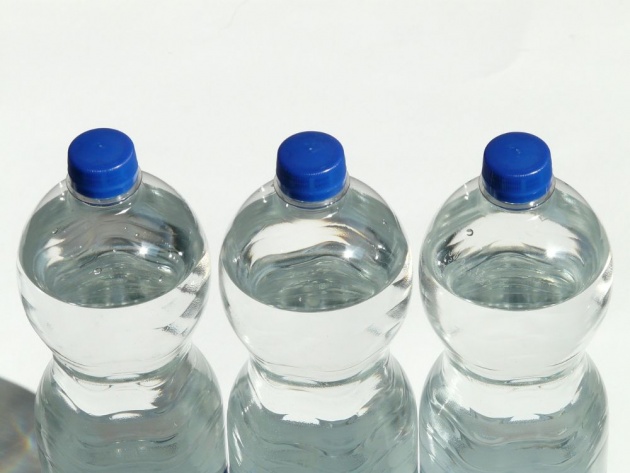
(image source: Pixabay)
Another necessity you have to stock is water. A drinking water and tap water you can use for bath, washing your hands, flushing the toilet, etc. Have large water drums, pails, and other containers to store the tap water. For the drinkable water, store several liters you think is enough to last throughout the calamity.
■ CASH

(image source: Pixabay)
Banks will most likely be closed during these times. Even ATM machines might be unavailable too. We can’t predict what can happen during the storm’s rage and how long can floods last. So it is very important that you have some spare cash in your hands for emergency purposes. Our prediction isn’t always correct so it’s better to get ourselves fully prepared for whatever the storm causes.
■ FLASHLIGHTS, LAMPS, CANDLES
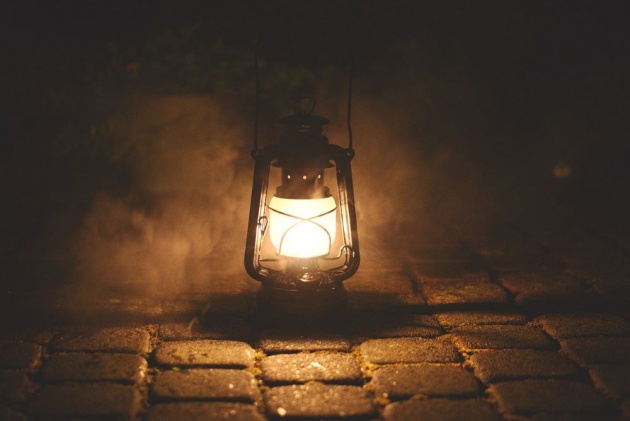
(image source: Pixabay)
Who would want to live in full darkness? Unless you have a power generator then you no longer need these. Oh, don’t forget to buy matches if you’re buying candles. And of course, you need batteries for your flashlights and other battery operated gadgets.
You can try making this DIY oil lamp if you want a cheap but long-lasting lamp. My mom made some of these a few years ago, but we no longer make it because we don't use cooking oil anymore.
■ UMBRELLA, RAINCOAT, RAIN BOOTS
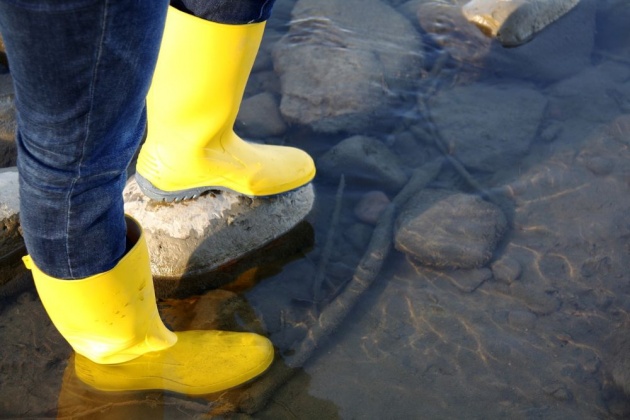
(image source: Pixabay)
Just in case you need to go out then you need protect yourself with a raincoat, umbrella, and rain boots. It is very important for you to use rain boots during flood to avoid getting infected with waterborne diseases like Leptospirosis.
■ CHARGE YOUR PHONE & OTHER GADGETS
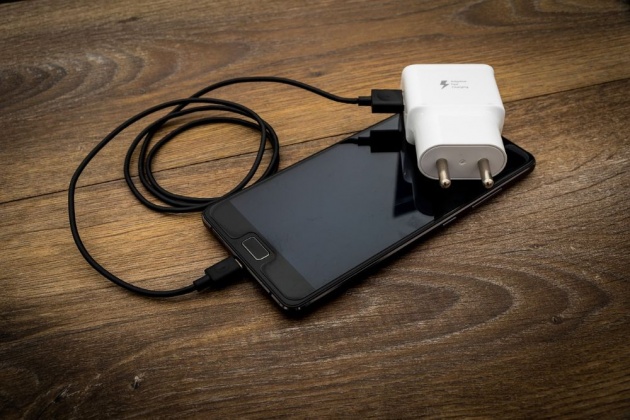
(image source: Pixabay)
Smartphone is an important medium for communication and source of information. You can use it to search for updates about the weather and reports about the situation of your area or even other places. Most of all, you can inform your relatives and friends of your real-time situation or contact authorities in case of emergency. That's why it is important to have your gadgets fully charged because you won't know when you'll need them most.
If you forgot to charge your gadgets or say you ran out of battery, there are also establishments that allows you to charge phones. (But with charge, of course.) And if you have a car, you can charge there too.
■ PHONE LOAD
Obviously, you need to top up your mobile to be able to send a message, make a call, or use data. There are lots of load promos you can avail to maximize the usage of your phone load. Pick a promo that's good for a week to ensure a longer access. (For my Filipino friends who don't want to spend money on load, you can use the mobile application Pera Swipe which lets you earn points by swiping and can be converted into mobile load.)
■ POWER BANK
Good thing power banks are popular nowadays. Have it fully charged so you could have spare juice for your phone when it runs out of power. Here's one I could recommend if you haven't bought one. (Cheap Power Bank: Jaguar 10,500 mAh Review)
Power bank is very important and a must-have. It saves you money, time and effort from going out to line up at charging stations. It cannot only charge your phone but other gadgets with USB connection as well.
■ RADIO
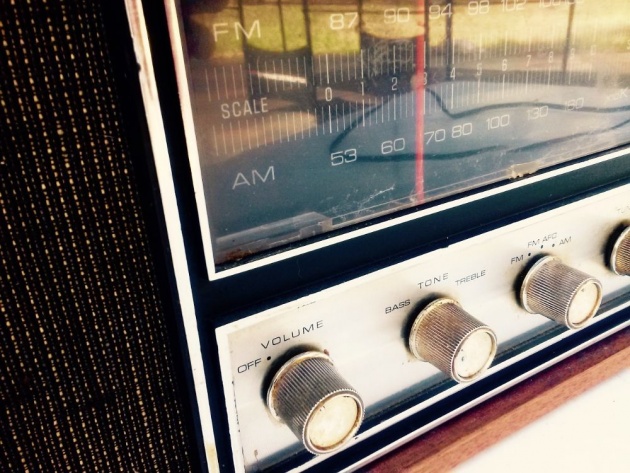
(image source: Pixabay)
Have a rechargeable or battery-operated radio that has AM stations in it. Oftentimes, only few updates are given on FM stations and most news reports are on AM stations. Your smartphone is a good source for news updates but so is the radio. Before smartphones, radio is the main source for news when there is no electricity. But the disadvantage of radio is that you cannot replay what they had said and stations sign off a few hours before midnight too. You'll have to wait again early in the morning to get updates regarding the typhoon. So in between those times, you are left clueless of the situation in your area and the weather condition. We are lucky that we have smartphones today, but that doesn't mean we should rely on it 100%. Always have a radio for backup. And if you're not in the mood to read on your phone, you can just turn on the radio and listen to news.
■ SECURE THINGS
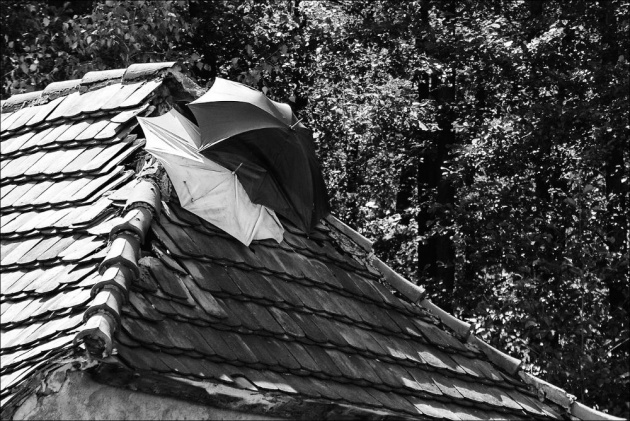
(image source: Pixabay)
Keep or secure the things which you think can be blown by the strong winds of the typhoon or washed by the flood. My parents used to have our roofs checked during summer to prepare for the harsh winds and heavy rain during rainy season. Don't forget to close your windows too, else, things near it will be drenched in rain. If you also have a car, park it on an elevated area like gas stations.
For people living in low-lying areas or near a body of water like river, always put your important things a few feet above the ground which you know can't be reached by the flood. Much better if your house has an upper floor where you can temporarily put all your things from the ground floor. Always have a bag where you can store your clothes, documents, and other important stuff so it will be easy for you to evacuate when told so. I have a friend who lives near a river and typhoons with torrential rain can flood their village one floor high. She said they go out through the window and use a boat to get to the main road. I'm lucky that I still haven't experienced a flood that deep. Flood entered our home just once and it's only around ankle-deep. This was during the typhoon Pepeng in 2009 where San Roque Dam opened more gates to prevent the dam from overflowing.
Aside from your important things and documents, don't forget to secure your pets too! They would be the first ones to get affected by the flood especially when you let them stay outside. Bring them to a safe elevated space or much better, inside your house and let them stay there until the storm and flood is gone.
If things come to worst, better head to the evacuation center nearest you. Remember that our lives are more important than our material possessions.
■ CHECK ELECTRICAL WIRES OR TURN OFF THE CIRCUIT BREAKER
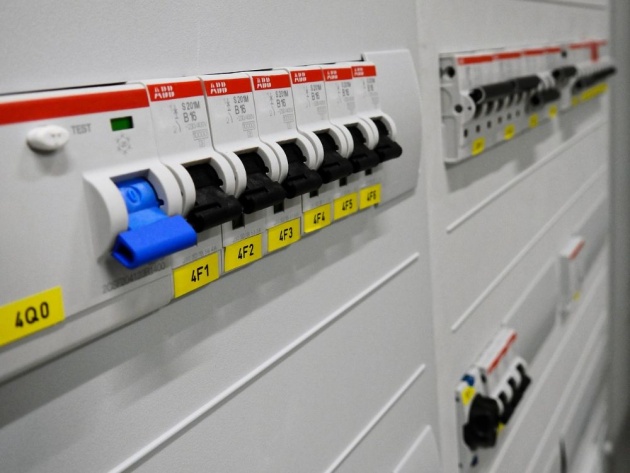
(image source: Pixabay)
We should not neglect to check electrical wires around our house. Put them up to avoid being exposed to flood because you know what happens when electricity touches water, right? If the flood enters your home and continues to rise, immediately turn off the circuit breaker. Turn it off even though there's no electricity. When the flood has receded, call an electrician to check your electrical system before switching the circuit breaker. I remember the first thing my mom did when flood began entering our house was to shut off our circuit breaker.
■ AVOID TRAVELING
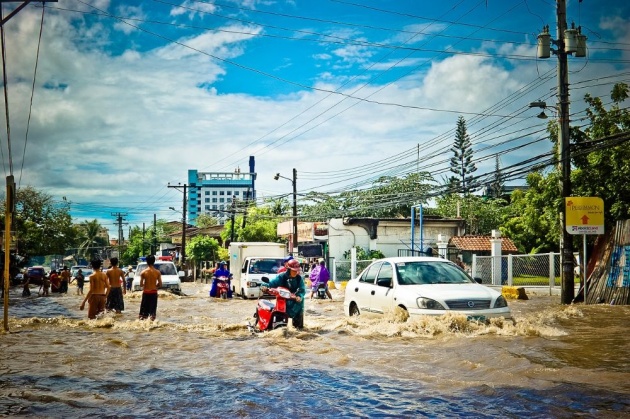
(image source: Pixabay)
It is a no-brainer that you must avoid traveling especially at the midst of the storm's wrath. You may encounter flying debris like a roof panel or falling electric posts and tree branches—or the entire tree. If you're living on a mountainous area, there will be more chances of landslides too. Stay safe and don't let your loved ones worry about you.
BE PREPARED AND KNOWLEDGEABLE
“Preparation through education is less costly than learning through tragedy.”
Max Mayfield, Director National Hurricane Center
(video source: SAFE STEPS via Youtube)
Manny Pacquiao giving some typhoon safety tips.
Being safe during a typhoon requires preparation, information, and alertness. You don't just have to lock yourself inside your home. You have to be very aware of your surroundings too. And don't hesitate to evacuate your home you are advised to do so. Well, that's pretty much it for my typhoon preparation tips. It's always better to prepare for the worst-case scenario because typhoons and floods are sometimes unpredictable. If you have any tips in mind, you can share it on the comments below. Keep safe, everyone!
Thanks for reading!
✧ Katsanslimites



